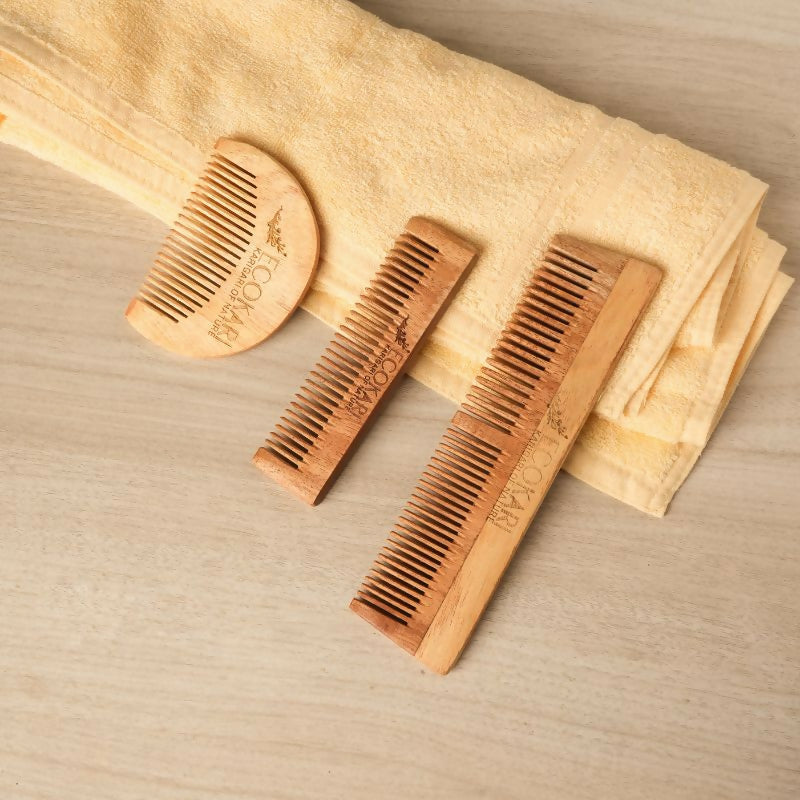Sustainable Shades: Upcycled Dyes and Colour Pigments

The production of dyes and colour pigments through chemical processes not only harms the environment but also poses health risks to workers involved, from skin irritations to respiratory issues. By switching to natural and organic colours, especially in the fashion industry, can contribute to a healthier planet. We highlight a selection of brands that are pioneering the use of naturally derived dyes and colour pigments from upcycled waste. These innovative sources include common items like fruits, vegetables, flowers, and seaweed, as well as agricultural plant waste and even ceramic colours from upcycled metal waste, offering a unique palette of toxin-free colour pigments.
PLANT WASTE DYE
Nicole Stjernswärd from Sweden is the founder of Kaiku, a biotech and material innovation startup that reuses plant waste into natural pigments. By upcycling skins and peels from fruits and vegetables, Kaiku brings a environmentally friendly alternative to toxic chemical pigments. This process happens to prevent organic waste from decomposing in landfills an also creates chemical-free, natural colours and inks. Kaiku collaborates with farmers to source this plant waste and is currently working with avocados, onions, cabbages, and pomegranates. The company is keen on researching and harnessing natural colour pigments, optimising tonnes of plant waste for better use. Their pigments are used in textiles, soaps, and waxes, with ongoing development for further applications.

(Image credit: Nicole Stjernswärd Kaiku)
FLOWER WASTE DYE
Flower waste dyes are becoming increasingly popular as a natural alternative to synthetic or harmful chemical dyes, thanks to the abundance of vibrant flowers available. Many organisations and brands, particularly in India, are experimenting with and finding new ways to use the massive amounts of flower waste generated from temples, weddings, floral markets, and even household floral waste. Project Palaash is an initiative led by students from Aryabhatta College, Delhi University. This project focuses on repurposing temple flower waste into natural dyes in a zero-waste model. Working collaboratively with Delhi-based NGOs, the team collects significant quantities of floral waste from temples and weddings to produce these eco-friendly dyes.

(Image credit: Project Palaash - Flower Waste Dye)
Ecoshi on Refash, repurposes both floral and vegetable waste to create organic natural dyes on upcycled materials. Through eco-printing, the label offers a truly eco-conscious alternative in the fashion industry. Explore these sustainable products and shop the collection here.

(Image credit: Ecoshi)
SEAWEED WASTE DYE
Nienke Hoogvliet, co-founder of the startup Zeefier, introduced recycled seaweed waste dyes in 2022. After extensive research into seaweed-derived pigments, Zeefier developed a sustainable natural product tailored for the fashion industry. Seaweed, known for its rapid growth and oxygen production, is commonly used in cuisines and, more recently, in cosmetics. Zeefier sources seaweed waste from beaches and industry partners. This startup is actively exploring ways to maximise the potential of this growing plant and its associated waste. The natural dyes extracted come primarily in shades of browns, greens, and some blues. Zeefier is committed to transforming the fashion and textile industries by offering sustainable dye options that avoid the use of harmful chemicals and toxic pigments, thereby changing colour in an environmentally responsible manner.

(Image credit: Zeefier Seaweed Waste Pigment)
AGRICULTURAL WASTE DYE
Determinant, a men's clothing label from Hong Kong, has newly launched the TerraTones collection, featuring cotton t-shirts dyed with natural pigments derived from agricultural waste. This innovative line represents a palette of natural earth tones, upcycled to reduce environmental impact. The collection makes use of colours extracted from materials that would otherwise end up in landfills, including indigo flower waste, which is upcycled into a beautiful shade of indigo, pomegranate rind waste, oak gallnut waste, and chlorophyll extracted from other agricultural waste remnants. These materials produce a range of lovely shades of brown, all carry the essence of natural earth tones. Determinant's TerraTones collection presents the responsible use of waste, turning it into sustainable and responsible colours.

(Image credit: Determinant TerraTones Natural Dye Collection)
METAL WASTE PIGMENT
Agne Kucerenkaite, a creative designer from Lithuania, is known for her innovative projects that explore material experimentation. In her sustainability project titled 'Ignorance is Bliss,' she addresses the significant issue of metal waste and the toxins released when it is discarded. Instead of disposing of this waste, her project focuses on repurposing metal waste into colourful pigments for ceramics. This experimental initiative successfully converts various metal waste into powder dyes that produce unique colours for ceramic tiles and other ceramic products. The metals yield different shades, with iron producing reds, browns, and blacks, and other metals resulting in blues and greens. This research showcases how landfill-bound industrial waste can be upcycled into interesting and innovative pigment colours, providing an eco-friendly and creative solution for the ceramics industry.

(Image credit: Agne Kucerenkaite - Ignorance is Bliss Project)
Integrating the variety of upcycled materials, these pioneering methods introduce experimental derivation of colours from unexpected chemical-free sources. The repurposing of waste into vibrant, eco-friendly pigments through such initiatives challenge traditional manufacturing processes and open up new possibilities for sustainable product development across various industries. This creative reimagining of common and uncommon waste material into natural dyes sets a promising path toward reducing environmental impact.






Leave a comment